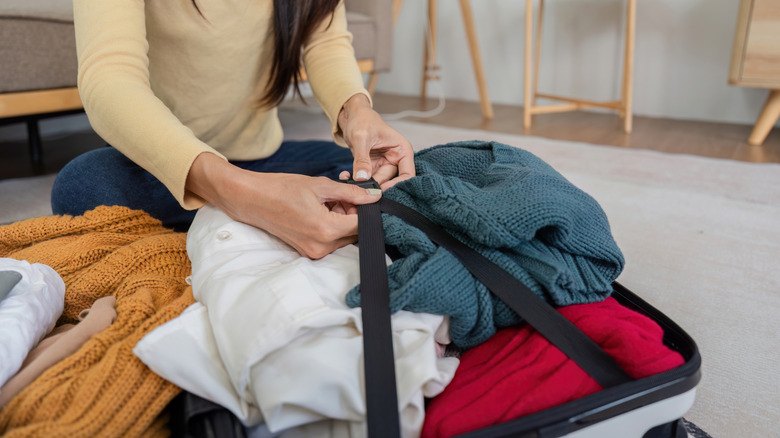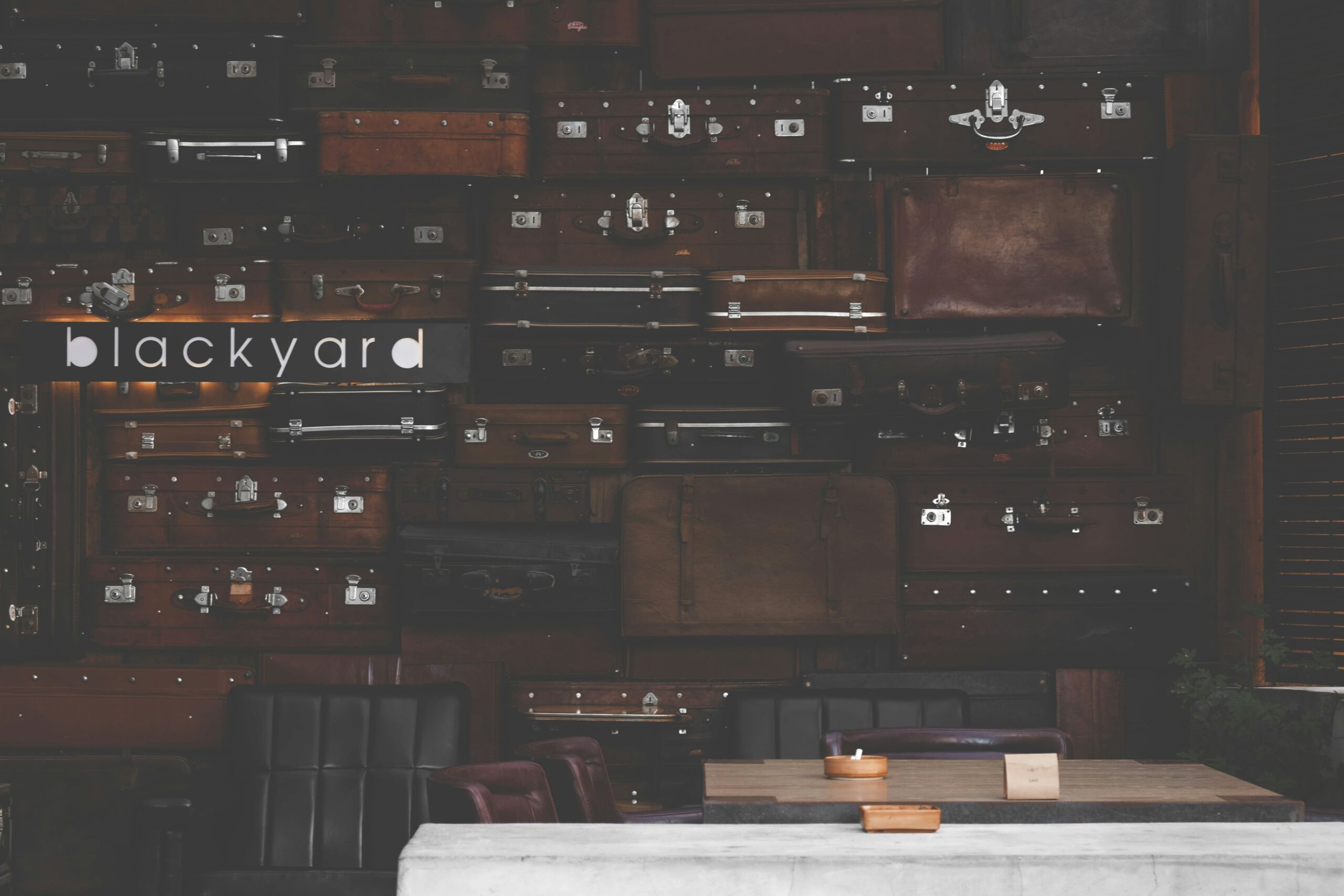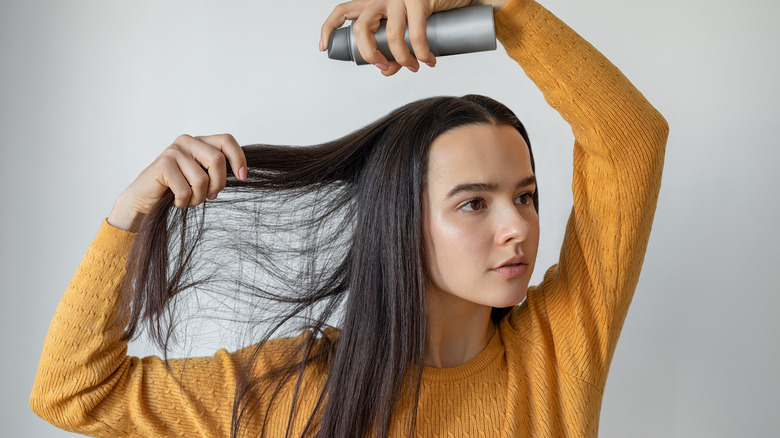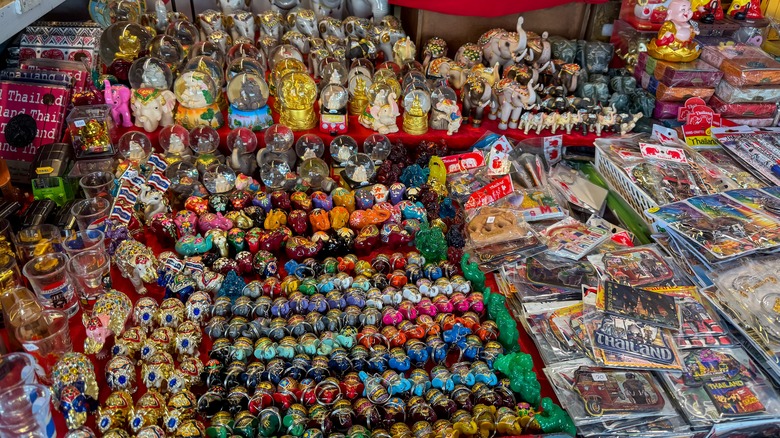EACHY Travel Makeup Bag,Large Capacity Cosmetic Bags for Women,Waterproof Portable Pouch Open Flat Toiletry Bag Make up Organizer with Divider and Handle
$20.39 (as of April 22, 2025 06:42 GMT +00:00 - More info)In the bustling world of air travel, one of the most surprising and sometimes frustrating discoveries is just how many common items the TSA classifies as liquids. “Explore The Most Bizarre Items TSA Considers To Be A Liquid” shines a light on the unexpected objects that fall under the TSA’s 3-1-1 liquid rule, from household favorites like peanut butter and chocolate spread to quirky finds like snow globes and glow sticks. Nestled in its friendly tone, this engaging article walks you through a list that will both enlighten and entertain, ensuring you’re well-prepared for your next flight and free from any liquid-related travel hiccups. After reading, you’ll think twice about what you pack in your carry-on, and perhaps even chuckle at the oddities that fall under the TSA’s unique definition of “liquid. Have you ever found yourself at the airport, standing in line at the security checkpoint, wondering if you’re allowed to bring that jar of fancy peanut butter in your carry-on? It’s a surprisingly common conundrum! If you’re a frequent flyer, you might already have the TSA’s rules on liquids stored in your mental checklist. But even experienced travelers can be caught off guard by some of the bizarre items TSA considers to be a liquid. Strap in, because we are about to take you on a journey through some of the weirdest items that will have you scratching your head.
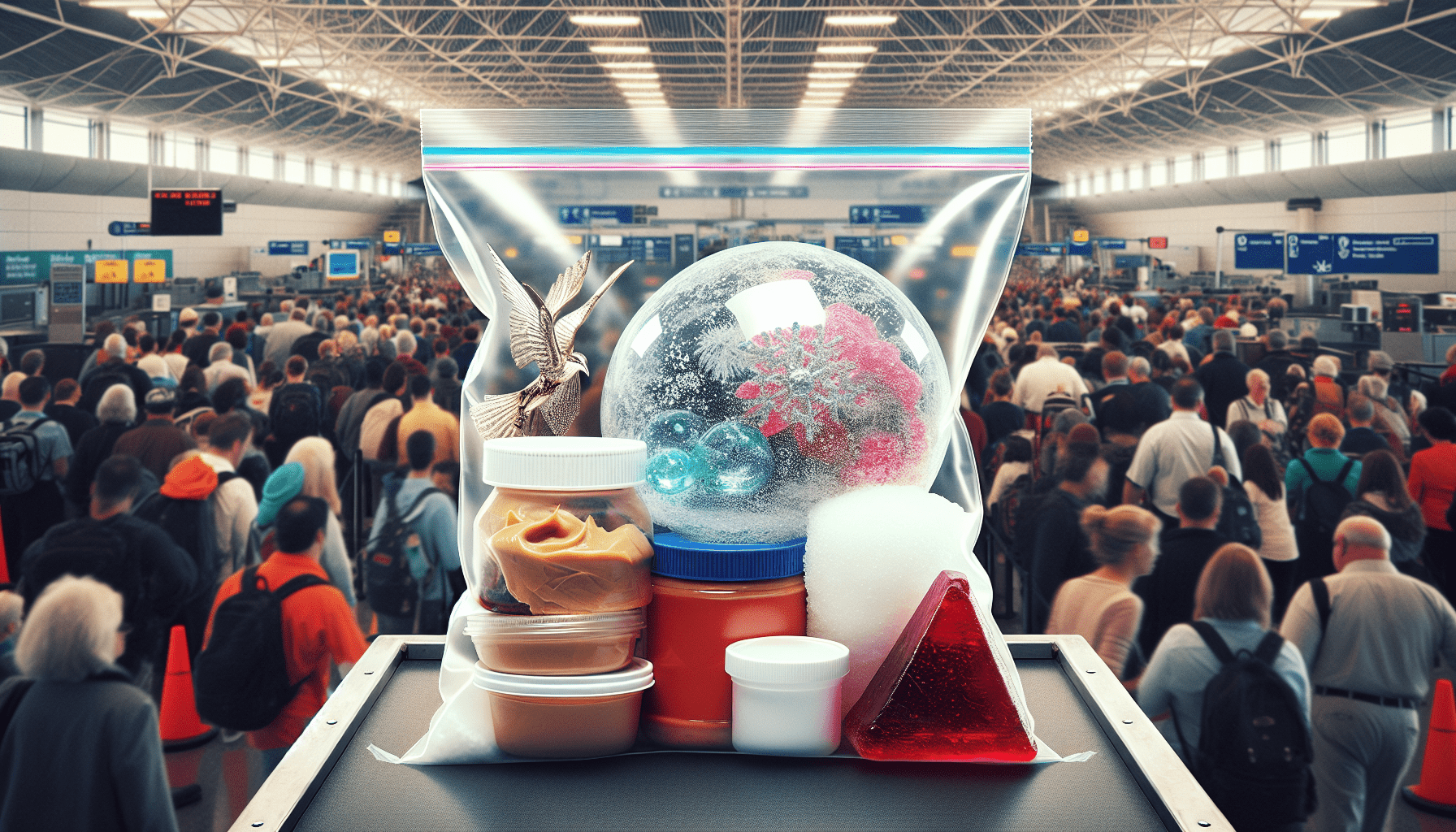
Shop These Accessories for a Comfortable Trip
Understanding TSA’s 3-1-1 Rule
You might have heard about the TSA’s 3-1-1 rule a hundred times, but it’s always good to refresh your memory. According to the Transportation Security Administration (TSA), liquids in carry-on bags should be in containers of 3.4 ounces (100 milliliters) or less. These containers must all fit into a single, clear, quart-sized plastic bag. It seems straightforward, but the rule doesn’t just cover liquids; it also includes aerosols, gels, creams, and pastes. There’s a vast array of items that fall under this guideline, and not all of them are what you might traditionally consider a “liquid.”
Why Is This Important?
Understanding what TSA considers a liquid is crucial for hassle-free travel. Non-compliance can lead to confiscations, delays, and even fines. Plus, it’s always a bit embarrassing to hold up the line while an officer examines your luggage.
Key Exceptions
There are several important exceptions, such as baby foods and medications. These can be carried in reasonable quantities that exceed the 3.4-ounce limitation, provided they are declared at security checkpoints.
Restricted Spreads
One of the surprising things that TSA considers a liquid is peanut butter. Yes, your beloved jar of creamy, nutty goodness falls under the 3-1-1 rule. TSA explains that a liquid is defined by its ability to take the shape of its container. Following this definition, several other similar substances are also subject to restrictions.
| Item | Considered as Liquid | Reason |
|---|---|---|
| Peanut Butter | Yes | Takes the shape of its container |
| Creamy Dips | Yes | Similar consistency to peanut butter |
| Spreads (Hummus) | Yes | Gel-like, changes shape to fit container |
| Jam & Jelly | Yes | Gel-like, takes shape of container |
| Nutella | Yes | Spreadable, falls under the same category as peanut butter |
International Considerations
Interestingly, TSA is not alone in their classification. The Canadian Air Transport Security Authority (CATSA) and the Australian Border Force (ABF) have similar rules. For example, in Canada, maple spread (a local delicacy) is considered a gel. In Australia, you won’t be able to slide a jar of Vegemite through in large quantities either.
Shop These Accessories for a Comfortable Trip
More Restricted Food Items
Believe it or not, peanut butter isn’t the only food item on the TSA no-fly list. Several other seemingly harmless items are restricted if they exceed the 3.4-ounce rule.
Cheeses and MREs
Cheeses, especially the creamy types like brie and camembert, are limited under the rule. The Australian Border Force also imposes limits on these, reflecting similar concerns.
MREs (Meals, Ready-to-Eat), often used by the military, contain liquids or gels that make them subject to the rule. TSA adds another layer of complexity by noting that some airlines restrict MREs due to their self-heating elements.
Pet Food
If you are thinking of carrying wet pet food for your furry friend, think again. Wet pet food falls under the TSA’s liquid rule, so it’s better to stick with kibble.
| Food Item | Considered as Liquid | Reason |
|---|---|---|
| Creamy Cheeses | Yes | Soft, takes shape of container |
| MREs | Yes | Contains gels or liquids |
| Wet Pet Food | Yes | Gel-like consistency |
| Aerosol Cheese | Yes | Contains aerosol, governed by 3-1-1 rule |
| Mashed Potatoes | Yes | Gel-like, considered a liquid by CATSA |
International Examples
The Canadian authorities made us chuckle by including mashed potatoes and aerosol cheese strings on their list. Both would need to sit pretty in your quart-sized bag alongside your toiletries.
Random Items TSA Counts As Liquids
We’ve already covered a mile of strange food items, but how about non-food items? There are plenty of random things you’d never think of that also find themselves under the harsh glare of the 3-1-1 flashlight.
Glow Sticks
Glow sticks, those fun, colorful accessories you might want for a concert or party, are considered liquids. Their gooey interior places them squarely under the TSA’s liquid rule.
Contact Lens Solution
If you’re someone who wears contact lenses, you might already know that contact lens solution is also a regulated liquid. Make sure you’re carrying a TSA-compliant bottle so you don’t run into trouble.
Snow Globes
Those adorable snow globes you pick up as souvenirs? They’re filled with liquid. As whimsical as they are, snow globes have to comply with the 3-1-1 rule.
Formaldehyde Solution
Almost as an afterthought, TSA lists “formaldehyde solution, less than 10 percent” as a restricted item. While not something most travelers consider packing, it’s worth noting for those niche occasions.
| Random Item | Considered as Liquid | Reason |
|---|---|---|
| Glow Sticks | Yes | Contains liquid or gel |
| Contact Lens Solution | Yes | Liquid, regulated by TSA |
| Snow Globes | Yes | Filled with liquid |
| Formaldehyde Solution | Yes | Contains liquid, even if less than 10% |
Frozen Liquids
Here’s a quirk: TSA allows frozen liquids to go through the security checkpoint as long as they are completely solid. If they detect slush, you’re in trouble. However, other authorities, like CATSA and the U.K. government, don’t allow most frozen liquids through their checkpoints. It’s always wise to check local regulations before showing up at the airport with bags of frozen goodies.
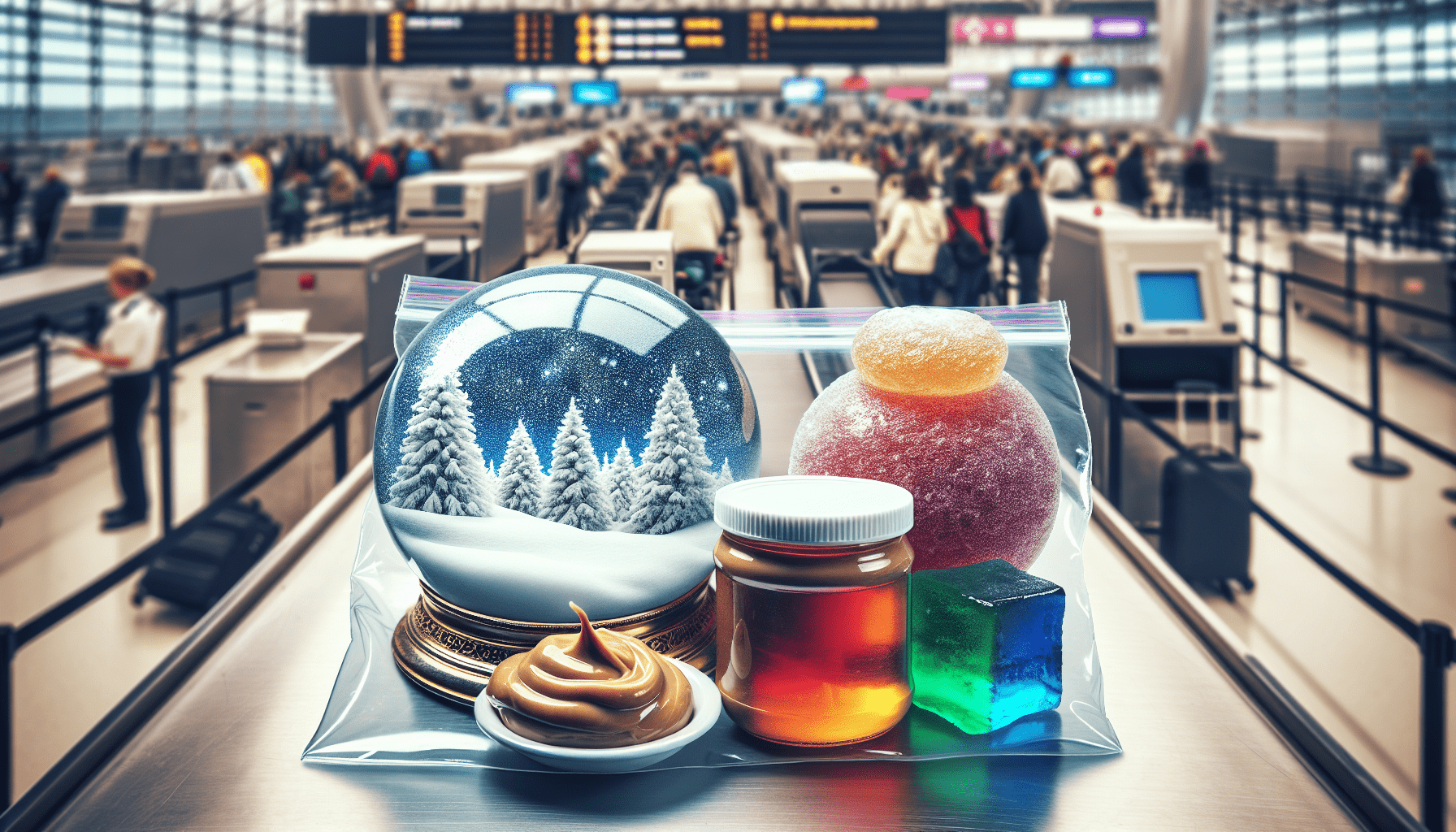
Looking Ahead: Changing Liquid Rules
Big changes are on the horizon, especially in the U.K. where easing restrictions on liquids in hand luggage is in the works. These changes are designed to make air travel more convenient and less cumbersome for passengers. Sadly, it doesn’t look like the U.S. is adopting these changes anytime soon. Until that happens, you’ll need to keep your containers small and your plastic quart bags ready.
Conclusion: Better Safe Than Sorry
In the end, understanding what TSA considers a liquid can save you time, hassle, and maybe even your favorite gourmet peanut butter. It can seem a bit quirky, and perhaps even ridiculous at times, but these rules are in place to ensure safety and efficiency at airports around the world.
So next time you pack, take a moment to consider if an item might fall under the 3-1-1 rule. When in doubt, consult TSA’s website or app for the latest guidelines. Happy travels, and may your carry-on be hassle-free!
Recommended Reading
If you enjoyed exploring the quirks of TSA’s liquid rules, you might find these topics also intriguing:
- Tips for Packing a TSA-Approved Toiletry Bag
- The Most Surprising Items You Can Legally Bring On a Plane
- How International Security Rules Differ and What You Need to Know
Shop These Accessories for a Comfortable Trip



